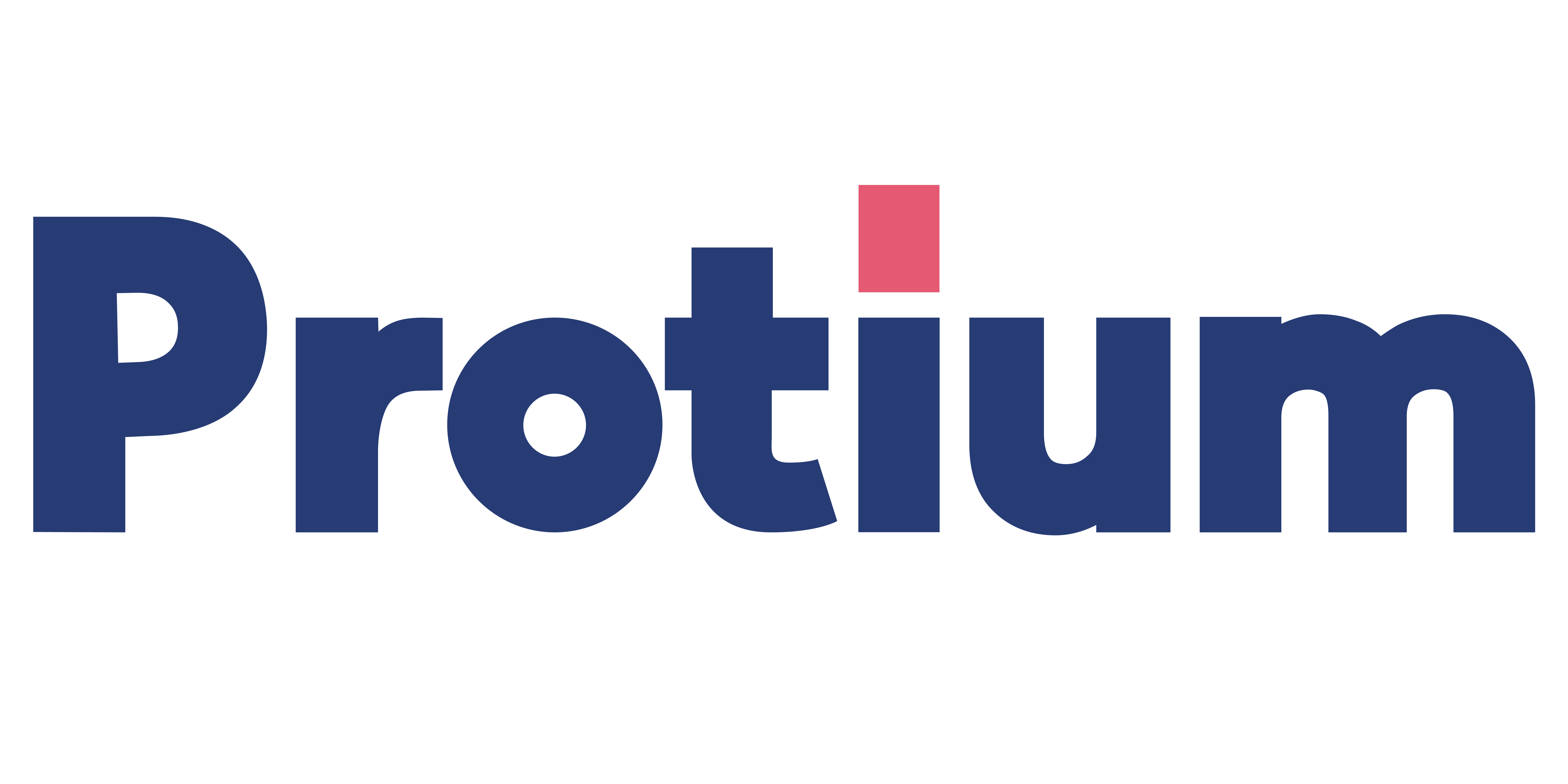- MSME credit demand is rising. But access to credit alone is not enough—selecting the right loan matters, as undersized loans can restrict growth, while oversized borrowing for minor needs can create unnecessary debt.
- Choosing between small working capital loans, large business loans/LAP, or top-up loans depends on the nature of business needs. Small working capital loans address short-term gaps, while larger loans support long-term expansion and diversification.
- Key factors to weigh before borrowing include repayment capacity, collateral availability, cost of borrowing, and existing lender relationships.
- RBI-registered NBFCs such as Protium provide business loans towards—working capital and also offer top-up options—to cater to the evolving financing needs of MSMEs across India.
Despite MSMEs’ contribution to the economy and their resilience, funding challenges remain one of their most persistent problems. The government initiatives and formal lending have expanded significantly — ₹10.9 lakh crore in 2019 to over ₹21.7 lakh crore in 2024, which reflects both rising demand and improved access to institutional credit.
However, access alone does not guarantee success. Choosing the right type of loan is crucial. Borrowing small when expansion calls for a larger sum can limit growth, while taking on excessive debt for minor operational issues can burden a business with avoidable interest costs. The distinction between short-term credit solutions and long-term borrowing instruments is therefore critical.
This article looks at three key credit options for MSMEs—small working capital loans, large business loans or loan against property (LAP), and top-up loans. Understanding when to choose each can help business owners make sound financial decisions that support stability and growth.
Understanding the Loan Types
Credit for MSMEs in India has become more diverse, with lenders offering products tailored to specific needs. Broadly, these fall into three categories.
- Small working capital loan: Typically up to ₹50 lakh, this loan is designed to address short-term liquidity needs. These loans, secured or unsecured; help businesses manage operational expenses and smoothen cash flow cycles.
- Large business loans or Loans Against Property (LAP): These often extend up to ₹5 crore and are intended for substantial, long-term investments. LAP loans are usually secured against commercial or residential property, offering access to higher amounts with relatively lower interest rates.
- Top-up loan: This builds on an existing loan facility. Instead of applying for a completely new loan, businesses can request additional funding on their current loan, often at more favorable terms and with faster processing.
When to Take a Small Working Capital Loan
For many MSMEs, the most pressing concern is ensuring uninterrupted daily operations. Small working capital loans act as a safety net that allows businesses to function smoothly despite fluctuations in revenue. These loans prove most useful in managing cash flow gaps, such as:
- Delayed Payments: A manufacturer awaiting payment from clients may still need to pay suppliers, employees, and utility bills. A short-term loan bridges this gap until receivables arrive.
- Seasonality: Businesses in sectors such as textiles, food processing, or retail experience demand peaks during festivals or wedding seasons. A working capital loan enables them to stock raw materials or inventory in advance and meet surges in customer orders.
- Capitalizing on opportunities: Under circumstances such as suppliers offering bulk purchase discounts, early payment can translate into higher profit margins.
- Meeting unexpected expenses: These often catch business owners off guard. Equipment breakdowns or urgent repairs may disrupt operations unless addressed quickly. A short-term loan ensures that production continues without long delays.
- Bridging operational expenses: During periods of reduced income, ensuring that critical costs such as rent and payroll are met.
When to Opt for a Large-Ticket Loan (Business Loan / LAP)
While small loans ensure survival and continuity, large loans address transformation and long-term growth. MSMEs planning to expand or diversify often require higher-value borrowing. Large loans are best suited for:
- Business expansion: Opening new branches, entering fresh markets, or scaling production to serve more customers.
- Investing in assets and infrastructure: Buying machinery, setting up new manufacturing units, or adding logistics vehicles.
- Diversifying products or services: Researching, developing, and launching new lines of business.
- Technology adoption: Implementing ERP systems, automation, or e-commerce platforms that require upfront investment.
- Leveraging collateral through LAP: Pledging property for access to substantial funds at lower interest rates and longer repayment cycles, making financing more cost-effective.
When to Consider a Top-Up Loan
Even the most carefully planned borrowing can sometimes fall short. When additional capital is required, a top-up loan provides a practical alternative. MSMEs already repaying an active loan can request extra funds without starting the process from scratch. They can benefit from top-ups for:
- When the current loan is insufficient: If the original amount no longer covers business needs but the purpose of borrowing remains the same, a top-up ensures continuity.
- Funding growth initiatives: Additional capital can be used to purchase inventory, strengthen marketing efforts, or expand production capacity without fresh documentation.
- Simpler and faster approval: Since repayment history is already established, lenders usually process top-up requests quickly.
- Cost-effectiveness: Lenders often offer top-ups at lower interest rates and better terms, making them more affordable compared to new loans.
- Quick cash infusion: Urgent requirements can be met without disrupting ongoing operations or negotiating entirely new credit arrangements.
| Criteria | Small Working Capital Loan | Business Loan / LAP | Top up loan |
| Purpose | Short-term expenses | Long-term growth/expansion | Extra funds on existing loan |
| Loan Size | Up to ₹50 lakh | Up to ₹5 crore | Moderate, depends on original loan |
| Tenure | Months to 2 years | 3 to 10 years | Remaining tenure |
| Security | Usually unsecured | Unsecured or secured (LAP) | Linked to existing loan (secured/unsecured) |
| Approval Time | Fast | Moderate to long | Fastest |
| Best For | Cash flow gaps, seasonal needs | Expansion, asset purchase, diversification | Quick additional capital |
Factors MSMEs Should Consider Before Choosing
Choosing the right loan is not just about availability; it is also about alignment with the business’s financial health and long-term vision. A careful evaluation of the following factors can help MSMEs avoid debt traps and maximize the benefits of borrowing:
- Nature of Need: The most important factor is understanding why the funds are required. Businesses may seek credit to cover operational expenses, manage cash flow, upgrade equipment, expand into new markets, or respond to unforeseen challenges. Clearly defining the purpose ensures that the loan is aligned with actual requirements, avoids over-borrowing, and helps in choosing terms that support the business’s goals.
- Repayment Capacity: Borrowing must always be matched with realistic repayment ability. Taking on more debt than the business can service from its projected cash flows can lead to financial stress, defaults, or loss of credibility with lenders. Business owners should evaluate how predictable their revenues are, whether cash flow is stable enough to support EMI commitments, and if seasonal fluctuations could impact repayment schedules.
- Collateral Availability: Larger loans, such as LAP, typically require residential or commercial property as security. This can be an advantage, as secured loans generally come with lower interest rates and longer tenures.
- Lender Relationship: A strong repayment track record with an existing lender can be a valuable asset. Top-up loans, for example, are often sanctioned quickly and at better terms for businesses that have demonstrated consistent repayment discipline. Maintaining good credit behavior with lenders ensures smoother access to credit when additional funds are needed.
- Cost of Borrowing: Beyond the loan amount, MSMEs must assess the overall cost, which includes not just the interest rate but also processing fees, prepayment penalties, and the length of the repayment tenure. Comparing these costs with the expected return on investment from the loan helps determine whether borrowing will truly add value to the business.
MSMEs face diverse financial needs, ranging from day-to-day cash flow support to ambitious expansion goals. Small working capital loans provide stability during shortfalls, large business loans and LAP drive long-term growth, and top-up loans offer quick, affordable access to additional funds. Each instrument has its place, and using them wisely can prevent debt stress while unlocking opportunities.
RBI-registered NBFCs such as Protium offer tailored working capital loans, business loans, LAP, and top-up facilities designed to meet the evolving financing needs of MSMEs across India, including Tier-2 and Tier-3 cities.

